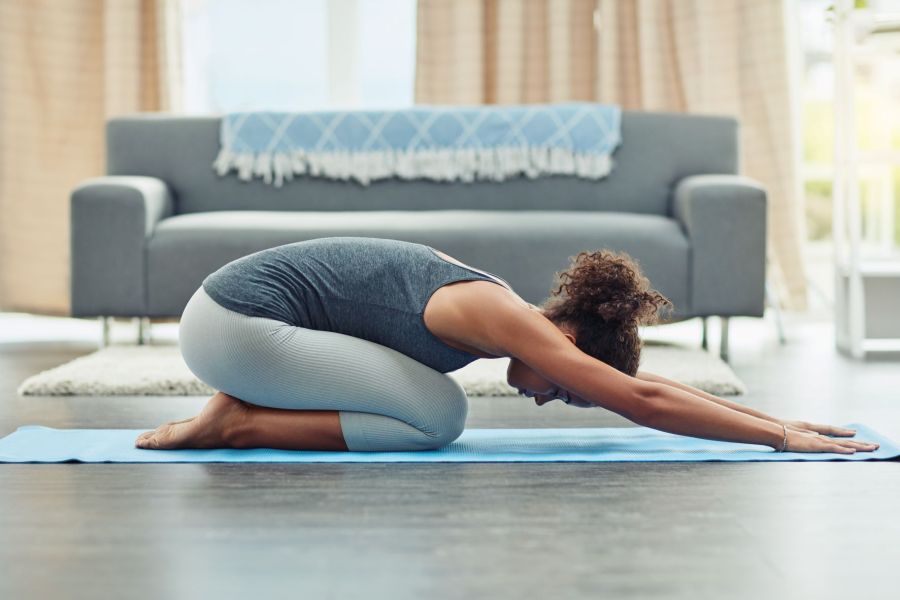If you’re struggling with stress incontinence, learn how to adapt your yoga practice to tone and strengthen your pelvic floor…
Words: Eve Boggenpoel | Photos: Shutterstock, Getty Images and Innovo
Ever coughed, sneezed or laughed and found your bladder behaving less well than you’d like? Or maybe you’ve been in a challenging HIIT class where one too many squats led to a drop or two of urine escaping. If this is you, sounds like you’re dealing with stress incontinence and your pelvic floor muscles could do with a little yoga TLC.
What is the pelvic floor?
‘The pelvic floor is a keyset of deep muscles situated in the pelvis, running from the frontal pubic bone to the base of the spine,’ says Ruth Maher, co-inventor of the Innovo pelvic floor trainer. ‘Shaped like a basin, it holds the contents of the pelvis (uterus, vagina, bowel and bladder) in place, and supports the bladder to provide control when you urinate.’
When they’re weak, your pelvic floor muscles can lead to stress incontinence, an involuntary leaking of urine on exertion, and it’s very common in women – around 24 per cent according to some studies. Brought on by the hormonal changes of pregnancy and menopause, damaged nerves and muscles as a result of childbirth, urinary tract infections or simply the natural ageing process, a weak pelvic floor also impacts your core strength and sexual sensitivity.
Can yoga help with stress incontinence?
Fortunately yoga can help with stress incontinence by strengthening your pelvic floor. Research published in the journal Female Pelvic Medicine & Reconstructive Surgery found that after just six weeks of yoga therapy, women reported an average of 71 per cent fewer episodes of stress incontinence compared with a 25 per cent increase in the control group.
Emotional stress can worsen the symptoms of incontinence, so a calming yoga practice can balance your mood and boost your mental health, but there are specific moves that will help ease symptoms, too. As well as needing strength, your pelvic floor muscles benefit from being flexible, so try resting in child’s pose whenever you have a few spare moments. Relaxing your inner thighs enables you to engage your pelvic floor on a deeper level, so another calming pose to rest in is reclined cobbler.
Additionally, swap regular squats for yoga squats (garland pose) while you’re rebuilding your pelvic floor– it lengthens the muscles, so enables you to contract them more forcefully.
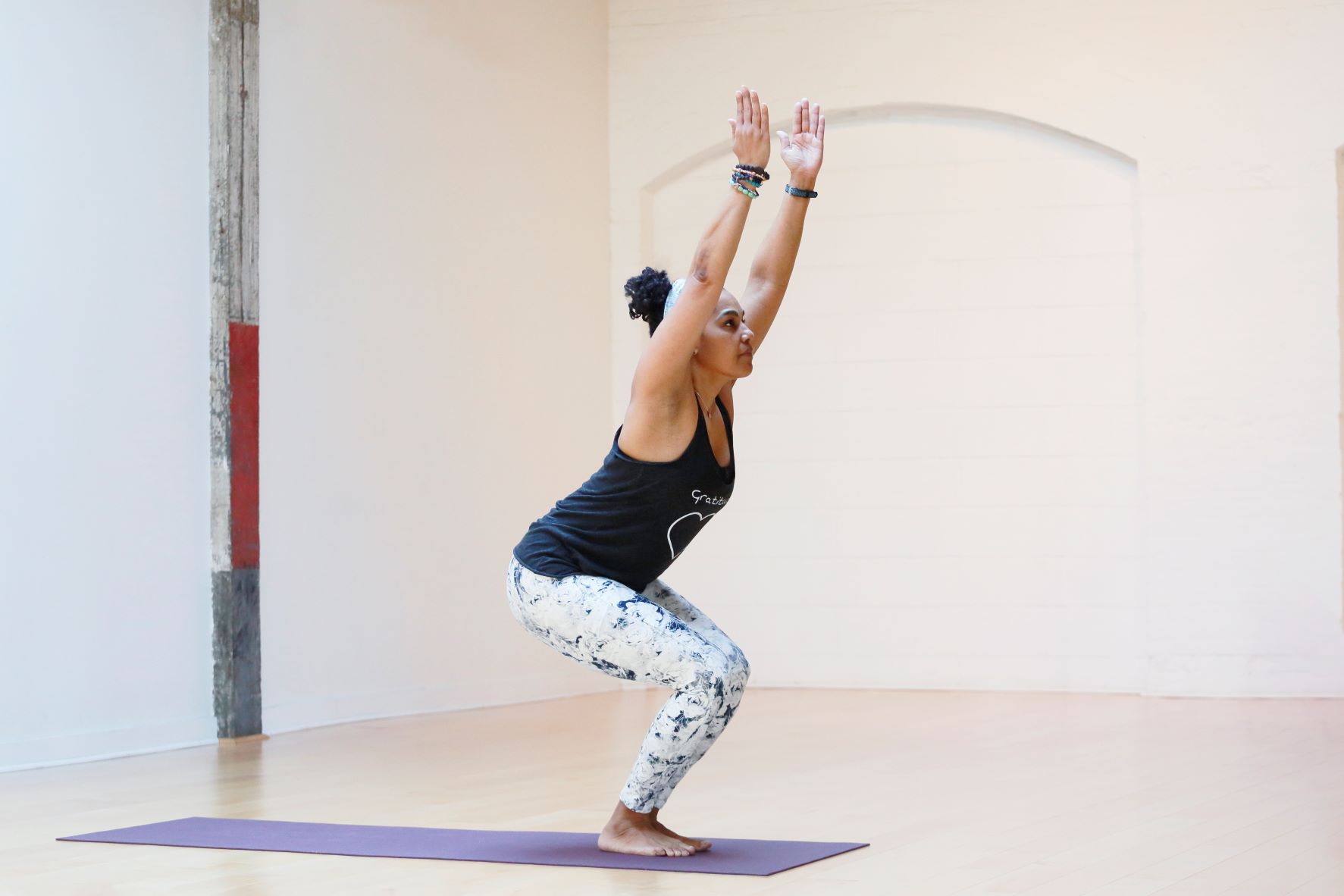
How to strengthen your pelvic floor through yoga:
To exercise your pelvic floor efficiently during your yoga practice, you also need to enlist the help of your breath. ‘Your pelvic floor moves in a dance with your diaphragm when you breathe,’ says Maher. ‘When you breathe in, the diaphragm moves down, and so does the pelvic floor; when you breathe out, they both move up.’
To start working with your pelvic floor in yoga, Maher suggests first observing the movement of the diaphragm, then bringing your focus on your pelvic floor. ‘Inhale and keep your pelvic floor relaxed, exhale and engage your pelvic floor by lifting it up. With practice, you can begin to accentuate each end of the breath cycle, relaxing and engaging, relaxing and engaging again.’
5 yoga poses for stress incontinence
We asked Maher how you can adapt your favourite yoga poses to help engage and strengthen those all-important pelvic floor muscles and prevent stress incontinence episodes…
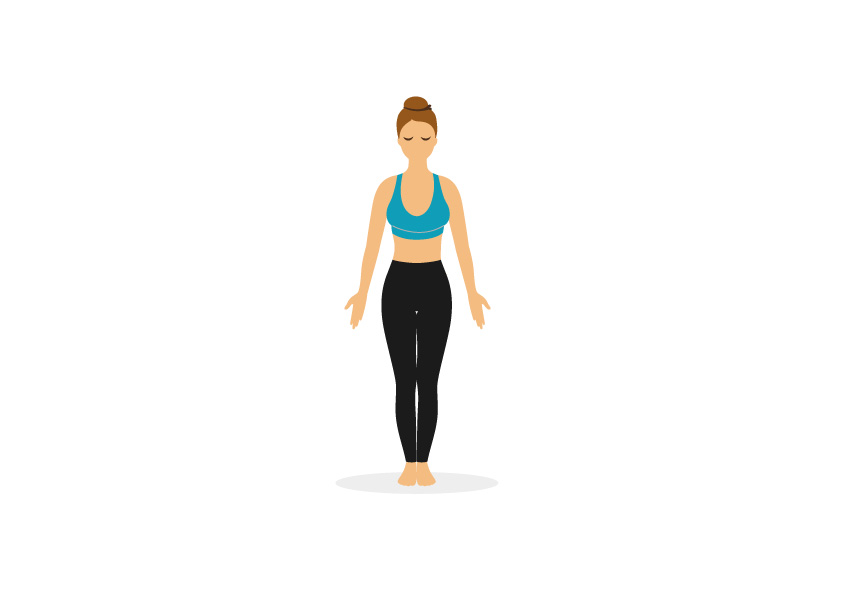
Mountain
Top tip: Place a yoga block (or a thick book or pillow) between your thighs. Engage your inner thighs and try to lift the block upwards.
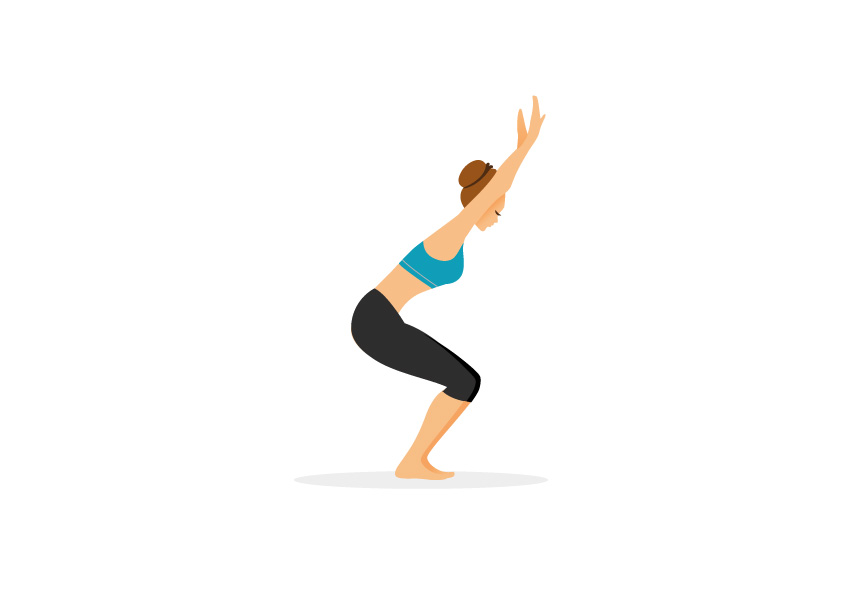
Chair
Top tip: Once lowered, try to lift your pelvic floor upwards, then slowly return to standing. Repeat as many times as you feel comfortable.
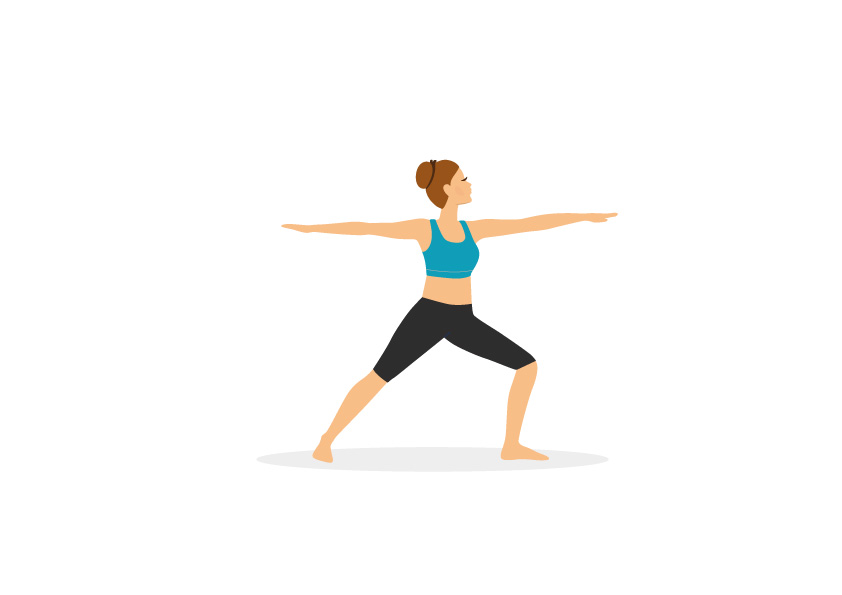
Warrior II
Top tip: Draw your belly button to your spine, and pull up the pelvic floor as in chair pose. Hold for 30 seconds, and repeat, then switch sides.
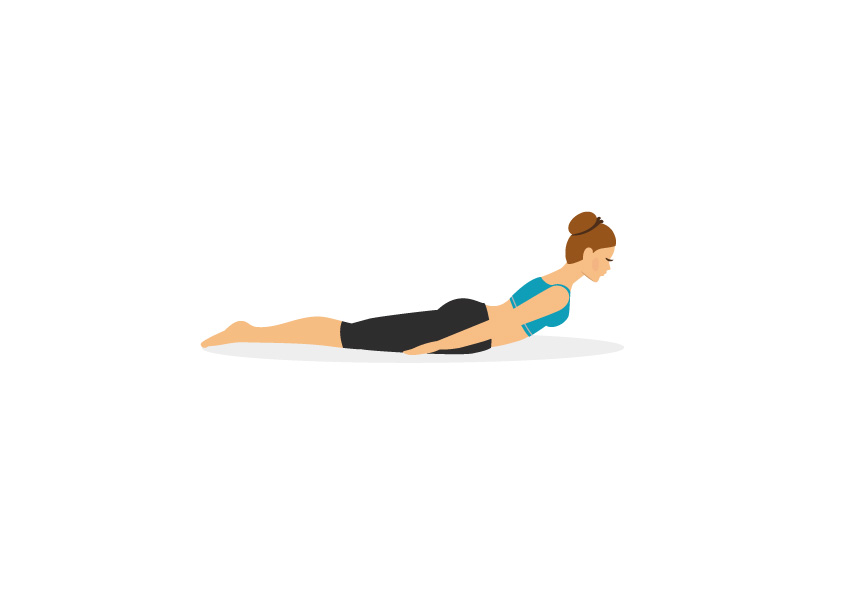
Locust
Top tip: Once in the pose, squeeze your tummy muscles, glutes and buttocks, hold for about 30 seconds and repeat as desired.
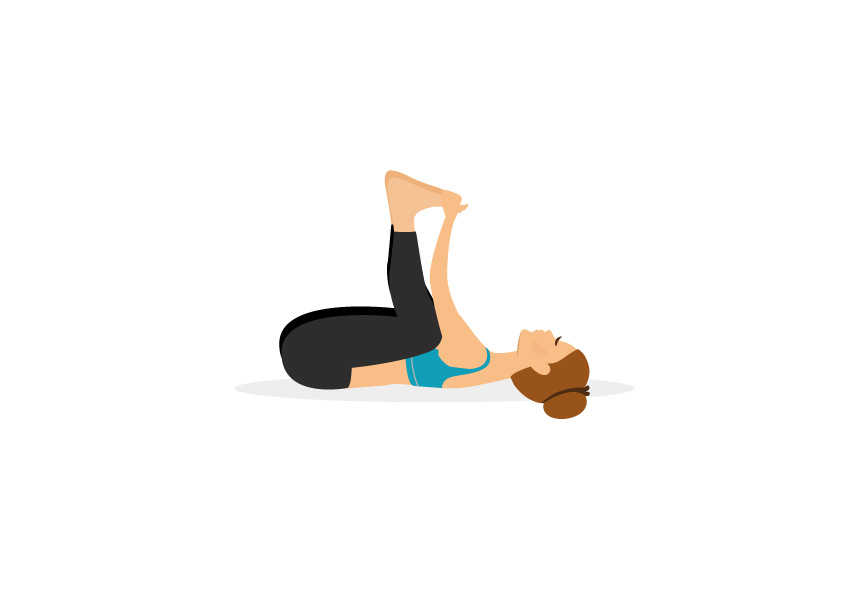
Happy baby
Top tip: With navel to spine and an engaged pelvic floor, rock from side to side to give your back a massage. Hold for a few breaths, then rest in savasana.

